Best Sennheiser headphones for recording 2026: Studio-specific cans from the German audio giants
With 75 years in the game, Sennheiser knows a thing or two about audio. Here, we focus on the Sennheiser headphones that will up your game in the studio
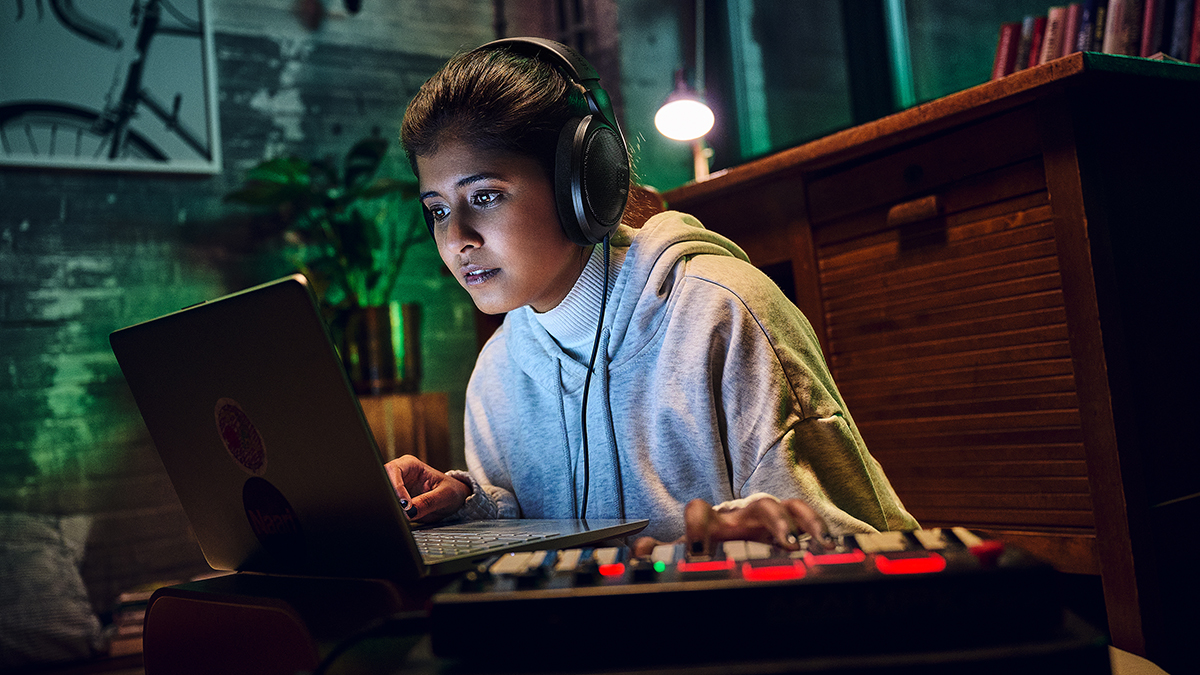
When selecting a good pair of studio workhorse cans, there’s definitely no shortage of brands and models to choose from. With studio stalwart manufacturers like AKG, Audio-Technica, Beyerdynamic and Shure all jostling for your attention, not to mention other manufacturers who have also thrown their hat into the ring of late, such as Adam Audio, Focal, KRK and Austrian Audio. But there’s a name that’s one of the first on everybody’s lips when asked what their favourite pair of recording headphones is, and that’s Sennheiser. And in this guide we’ll be looking at the best Sennheiser headphones for recording.
If you’re in any way serious about making music, and especially if you do any recording with microphones, a good pair of studio-specific headphones will be right at the top of your shopping list. An essential item in any producer or engineer’s toolbox, a great pair of cans allows you to record live performers such as vocalists and guitarists without unwanted noise from the backing track being picked up by your microphones. Headphones are also useful to have lying around the control room for programming your projects, designing synth sounds, and focusing in on mix details, particularly with regard to pan positions within the stereo image.
A byword for quality German engineering, what Sennheiser doesn't know about manufacturing headphones probably isn’t worth knowing. They’ve been producing professional audio gear since the 1950’s, beginning with microphones and branching out into headphones with their first model, the open-back HD 414, in the late 60’s. Although their extensive current headphone model range covers all use cases, including general consumer use, hi-fi audiophile, broadcast and gaming headsets, it’s the studio headphone market in which the Sennheiser brand has made arguably its biggest impact.
To that end, we’ve produced this guide to some of the best Sennheiser headphones for recording to help you choose the most suitable cans for your studio needs.
Best Sennheiser headphones for recording: MusicRadar’s Choice
For general recording use, we’d recommend the Sennheiser HD 280 Pro, which hits the sweet spot between day-to-day performance, durability, versatility and value pretty much head on. It’s not the prettiest by any means, but when seeking out a professional solution that gets the job done for minimal outlay, the 280 Pro is hard to beat.
If you’re looking for a single pair of cans to assist in both recording and DJ booths however, we’d definitely guide you in the direction of the iconic HD 25. Available in various guises - there’s a lightweight version with a single headband and occasional special editions with coloured ear pads - this iconic headphone sounds fantastic and performs brilliantly under pressure in either scenario.
Best Sennheiser headphones for recording: Product guide
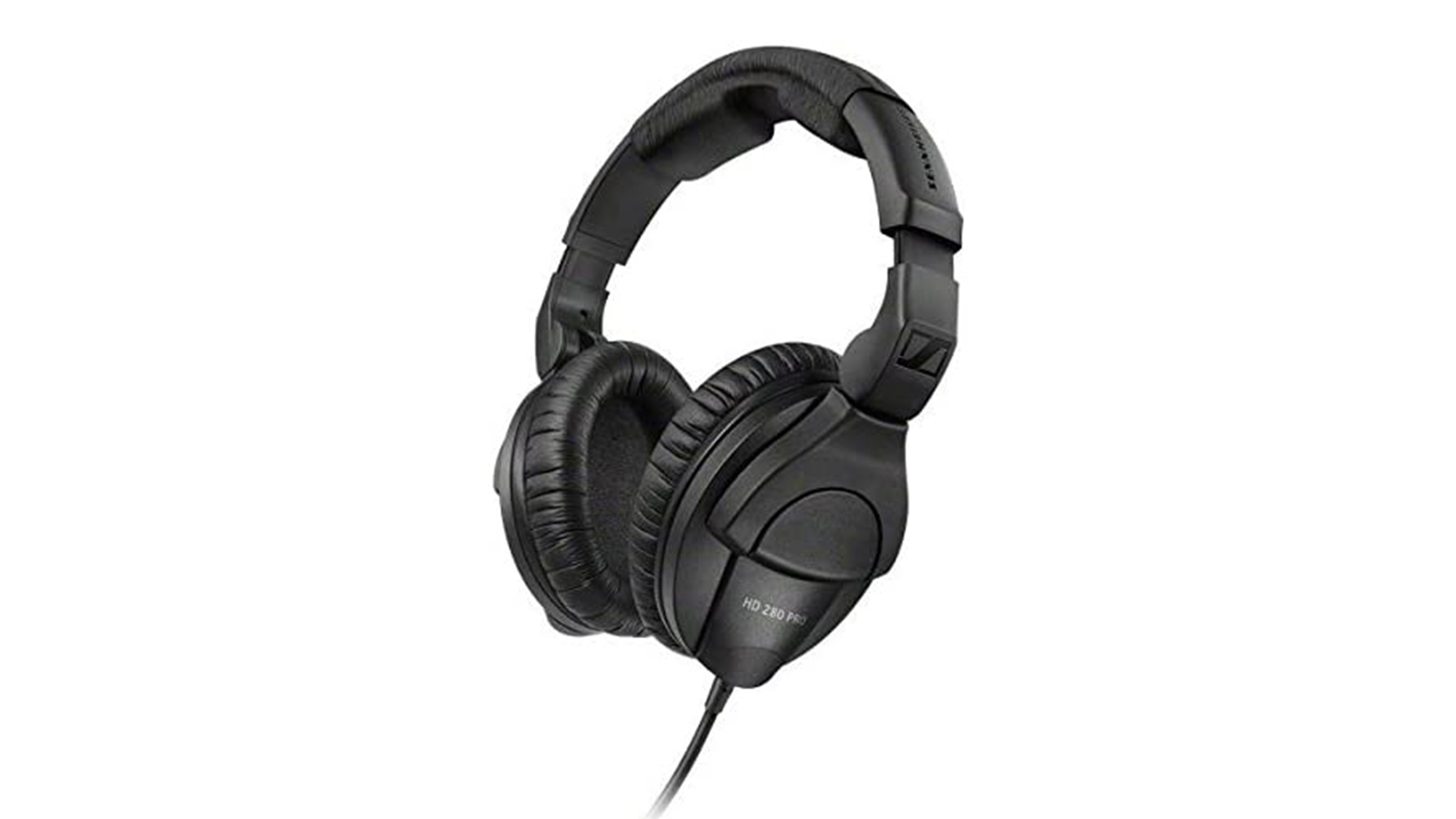
1. Sennheiser HD 280 Pro
Our expert review:
Specifications
Reasons to buy
Reasons to avoid
Originally released in 2003, the Sennheiser HD 280 Pro is designed specifically to cope with the demands of a professional studio environment, and as a result is on the verge of becoming a modern classic studio headphone.
Updated in 2016 with a cleaner aesthetic and a thicker headband and earcup padding for a more comfortable fit and better isolation, the latest incarnation delivers the sound quality, robust construction and above average passive noise isolation we’ve come to expect from Sennheiser.
With swivelling earcups that fold up into the headband void and a 3m long coiled cable, the 280 Pro ticks many of the boxes on the discerning studio professional’s list of essential requirements. All components are replaceable, and although the cable isn’t detachable, should the worst happen, replacement cables can be obtained from Sennheiser, and fitted without the need for any soldering.
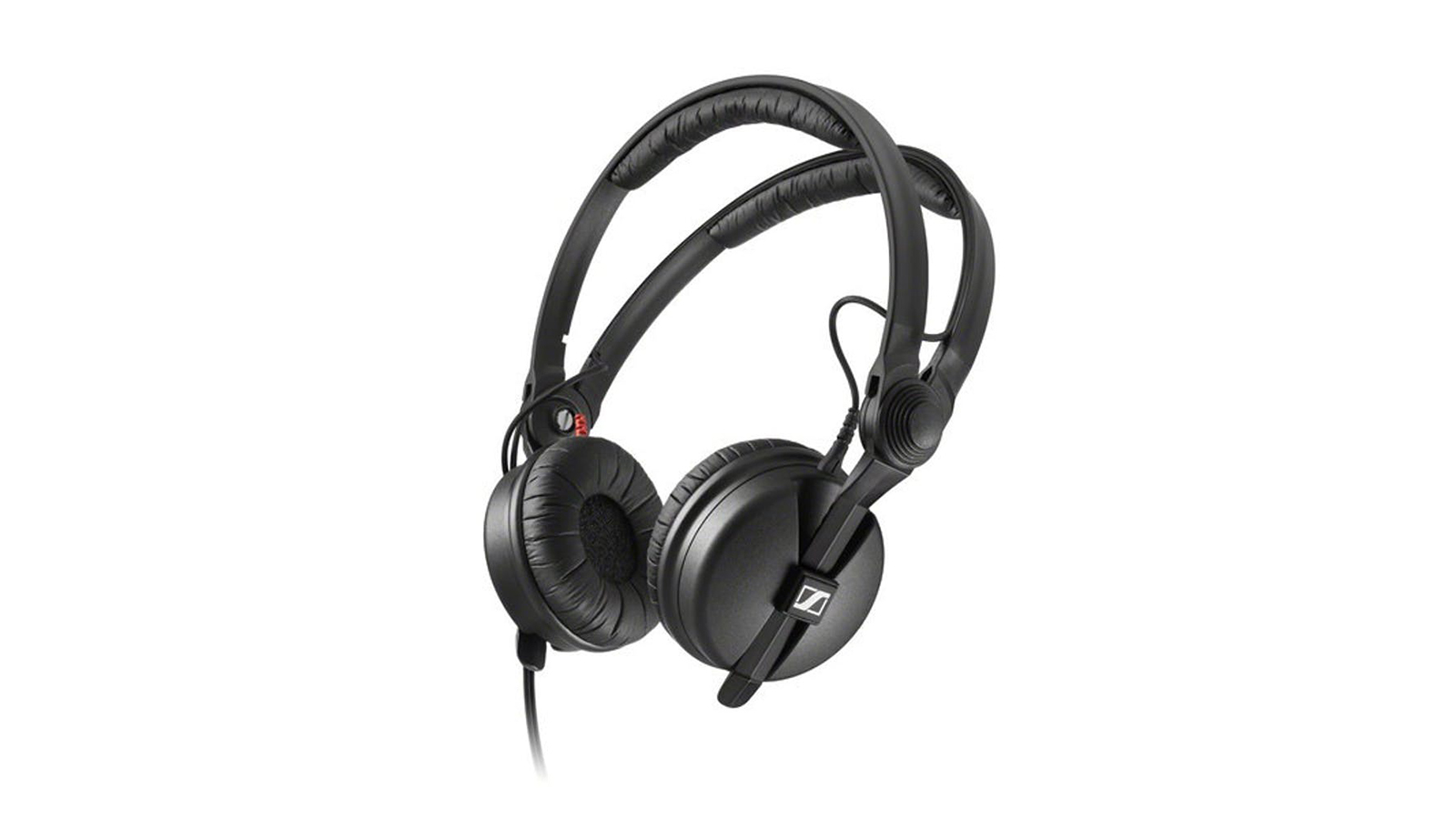
Specifications
Reasons to buy
Reasons to avoid
Ever since they were first given away as free onboard headsets on British Airways Concorde flights - no, really - the HD 25 has been an iconic headphone model, particularly amongst DJ’s and outside broadcast engineers, but increasingly over the years in the recording booth too.
The great thing about the HD 25 is that they perform exceptionally well in loud environments, making them not just the perfect DJ headphones, but also for noisy recording scenarios like recording drums or electric guitar. Not only do they offer high attenuation of background noise, but the split headband and swivelling earcups make for a remarkable degree of flexibility, making one-ear operation easy, and their lightweight yet durable construction means that you almost forget you’ve got them on.
Coupled with this, they also sound great - with a well-defined low end, rounded midrange and detailed highs, making them an excellent choice for programming and tracking. Put simply, we’d be lost without our HD 25’s.
Read the full Sennheiser HD 25 review
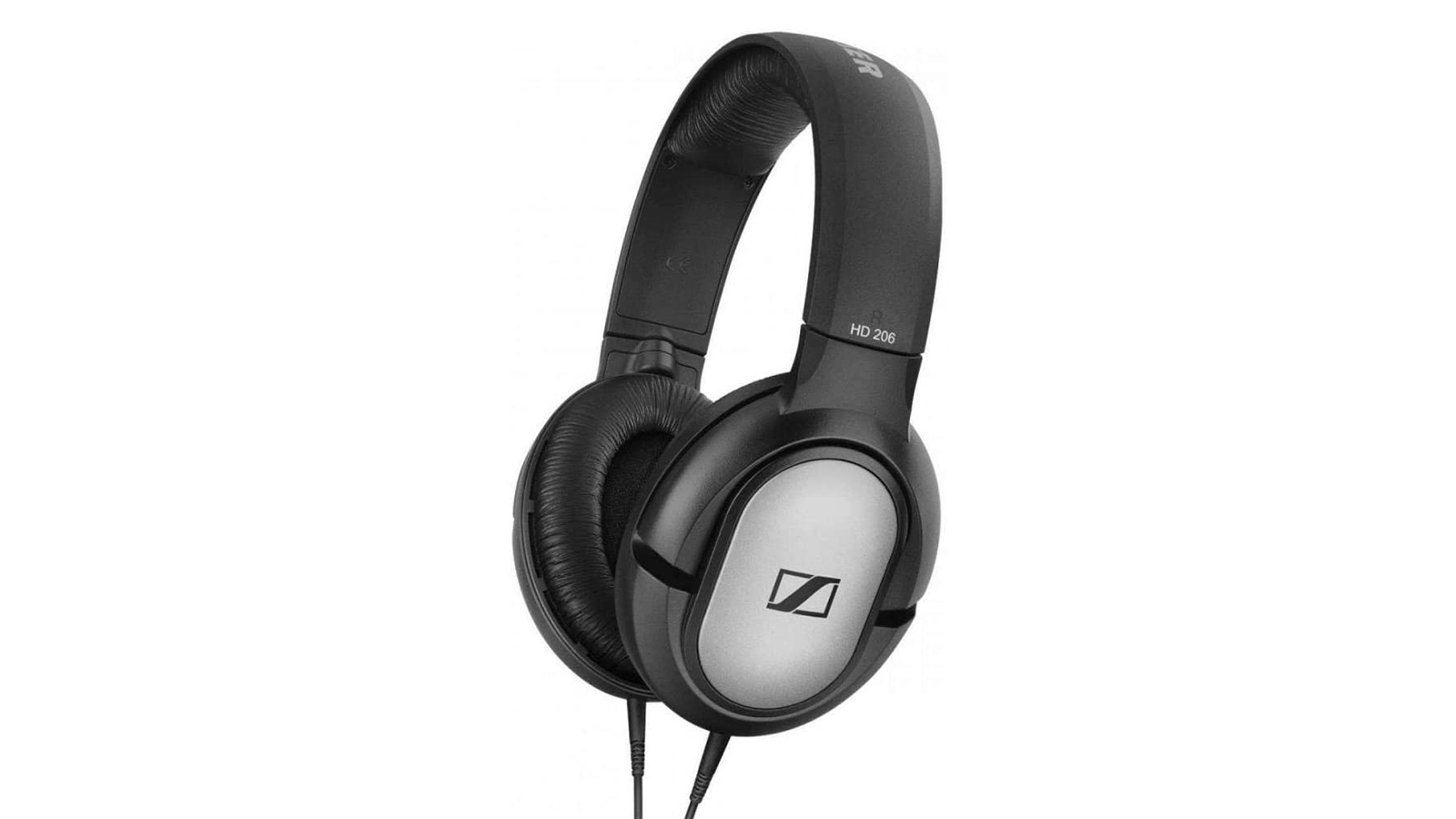
Specifications
Reasons to buy
Reasons to avoid
If you need a cheap, chuckable pair of everyday workhorse cans that bear a quality name on the headband yet aren’t afraid of a little live-room rough-housing, Sennheiser’s HD 206 could be the perfect solution. Inexpensive enough that you can stock up on several pairs at a time for general studio duties, these are comfortable, lightweight headphones with decent isolation that are more than capable of holding their own against more expensive competitors in the vocal booth.
Here at MusicRadar, we’ve had several pairs of these over the years, and still very rarely come across anything that sounds as good for the money. An exceptionally long 3m anti-kink cable proves useful in most studio situations, and is certainly long enough to facilitate their use when playing drums or guitar, but could be annoying if you use these for mobile listening.
True, the build quality is a little plasticky, but at this price, if they do succumb to a premature end at the hands of a heavy-handed performer, you can just replace the whole thing.
Representing incredible value for money, 206’s are getting a little harder to find now, so if you come across a pair - or even a few pairs - grab them while you still can.
Read the full Sennheiser HD 206 review
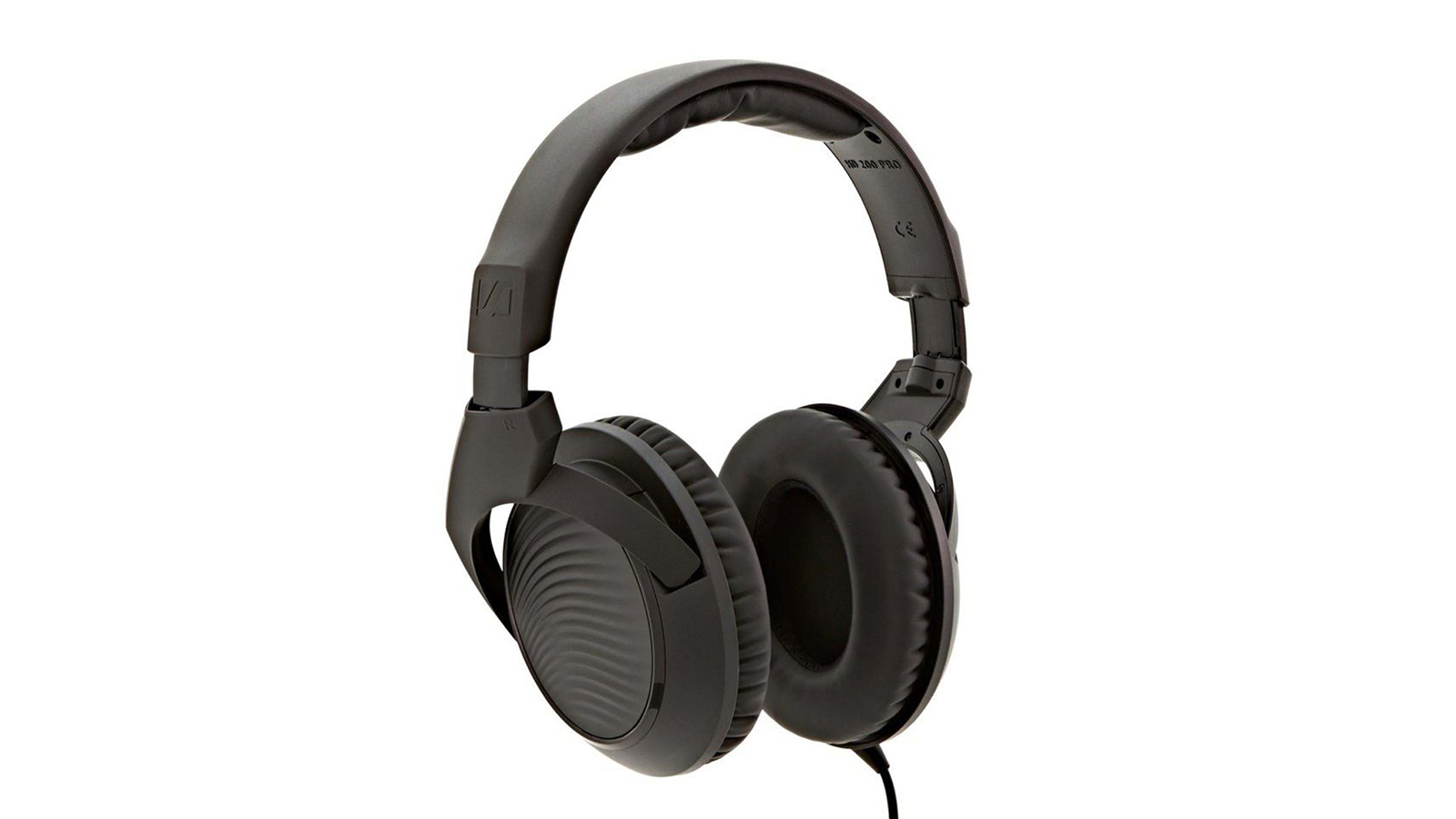
4. Sennheiser HD 200 Pro
Our expert review:
Specifications
Reasons to buy
Reasons to avoid
As Sennheiser’s entry-level Pro range model, the HD 200 Pro has been designed to offer studio-grade reference monitoring at a budget price point. An all-matt black design, with a snazzy wavy pattern adorning the outer surface of the earcups, the HD 200 Pro has a pleasingly modern look.
There’s enough padding to provide a solid degree of comfort and adequate isolation from external noise, making them a good bet for extended mixing, programming and tracking scenarios.
Sound-wise, we found the response to be detailed, balanced and powerful enough to suit most monitoring situations, while build quality is robust enough to handle the rigours of studio life without crumbling at the first sign of rough treatment at the hands of the talent.

5. Sennheiser HD 400 Pro
Our expert review:
Specifications
Reasons to buy
Reasons to avoid
Sitting squarely in the mid-range of Sennheiser’s headphone product line, and the first open-back headphones in the company’s Pro range, the HD 400 Pro are purpose-built reference headphones that promise to deliver natural, open sound and precise reproduction for accurately assessing the details in your mixes.
Open-back headphones are renowned for their airy, natural sound, as they allow air to pass through the ventilation holes in the outer shell of the earcups. This particular model boasts specially-developed 120 Ω transducers made from a unique polymer blend, angled to simulate the positioning of a pair of studio monitor speakers. The aim of this is to create a wide stereo soundstage, making the 400 Pros an excellent choice for mixing and editing.
Open-backs also tend to be lighter than their closed-back cousins, and the 400 Pro is no exception. Combined with ample velour-covered padding, an adjustable headband and articulating earcups, this lightness ensures that you can comfortably wear them for extended mix sessions. Plus, if mixing is your primary reason for buying, it’s great to know that they’re compatible with Dear Reality’s dearVR MIX virtual mix room software.
Read the full Sennheiser HD 400 Pro review
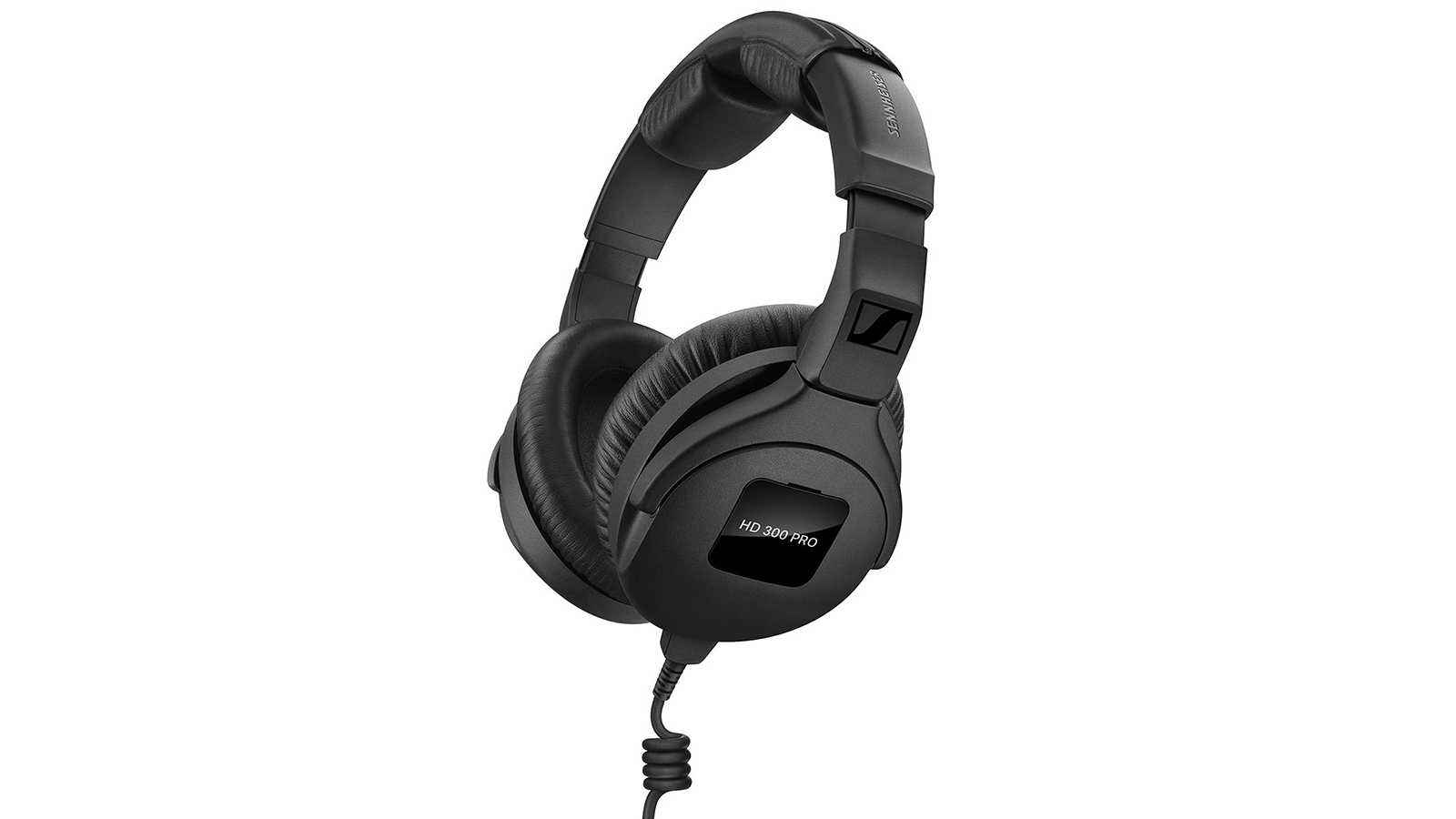
6. Sennheiser HD 300 Pro
Our expert review:
Specifications
Reasons to buy
Reasons to avoid
The HD 300 Pro appears outwardly quite similar in appearance to the cheaper 280 Pro, but actually represents a significant upgrade all round.
A moderate impedance of 64 Ω and high sensitivity makes the HD 300 Pro easy to drive from both mobile devices and audio interfaces. Build quality is robust and, as always with cans from Sennheiser’s Pro range, the response is even and well-balanced, with moderate boosts in the lows and highs that don’t overly colour the sound.
The collapsible design, where the earcups fold up into the headband void, makes the HD 300 Pros easy to chuck into a laptop bag for transport. The cable is detachable, with a clever short coiled section just below the connection to the left earcup to prevent accidental disconnects, but at only 1.5m long can suffer from not being quite long enough for the task at hand, resulting in somewhat restricted movement when in use.
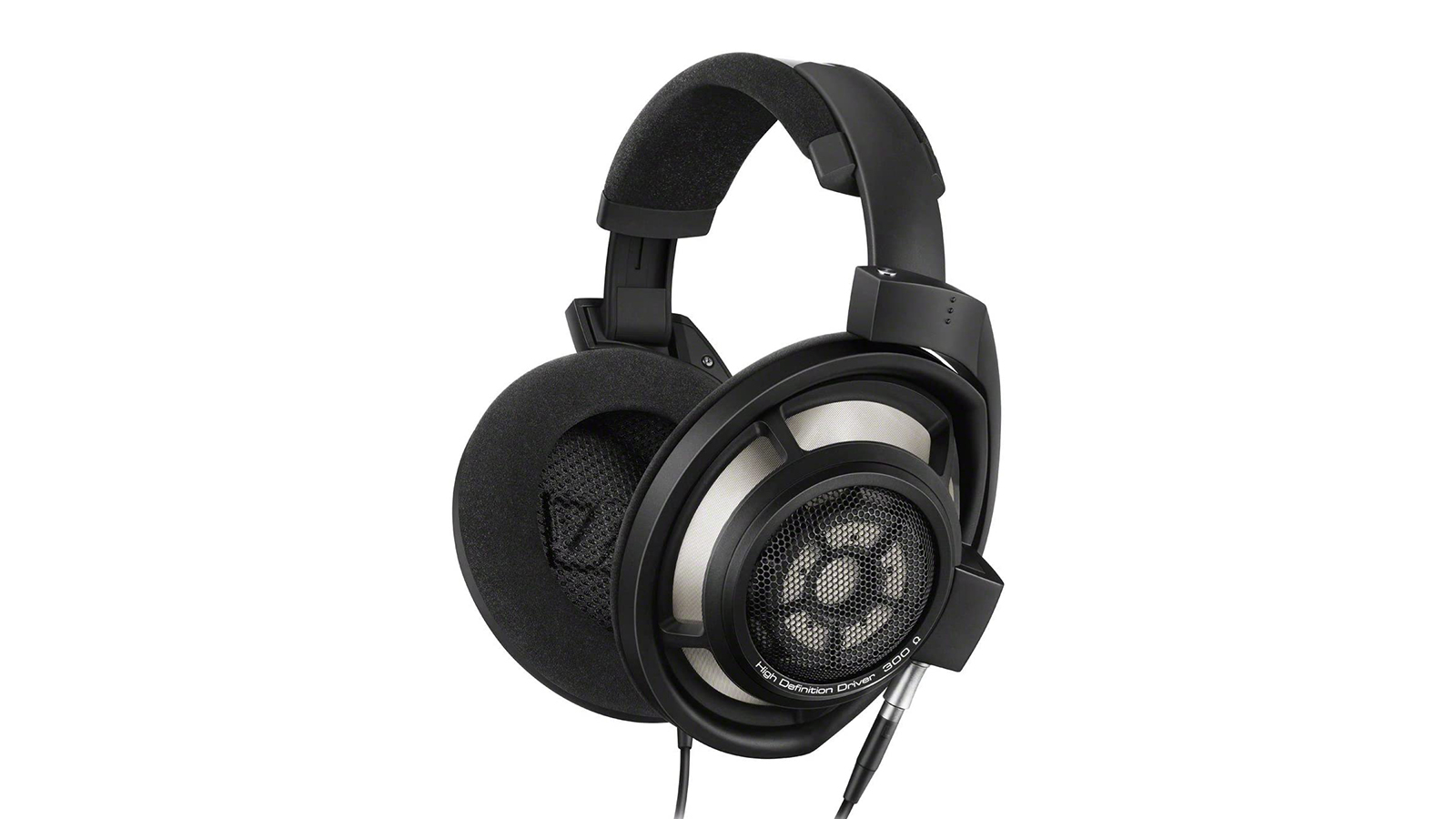
7. Sennheiser HD 800S
Our expert review:
Specifications
Reasons to buy
Reasons to avoid
Wow. We wouldn’t ordinarily recommend a high-end audiophile pair of headphones for studio use, as they’re not really designed to excel in that particular environment. And would you really want to subject such an expensive pair of cans to the day to day rigours of life in the recording booth? However, from a purely sonic perspective, the HD 800S is in a class of its own, as you’d expect for a pair of cans costing the thick end of $/£1,500.
The 56mm driver that dwells within each futuristic-looking vented shell is reckoned to be the largest transducer ever used in a dynamic headphone, and the HD 800S angles the drivers relative to the ear to produce a remarkably natural, spacious sound. Couple this with the same unique acoustic absorption technology found in the IE 800S in-ear monitors and the result has to be heard to be believed.
So, if budget is no object and you really want a premium, high-spec model on which to check your mixes, the HD 800S will deliver the goods in spades. With an impedance of 300 Ω though, you’ll probably need a dedicated headphone amp to drive them at the level they need to sound their best.
Best Sennheiser headphones for recording: Buying advice
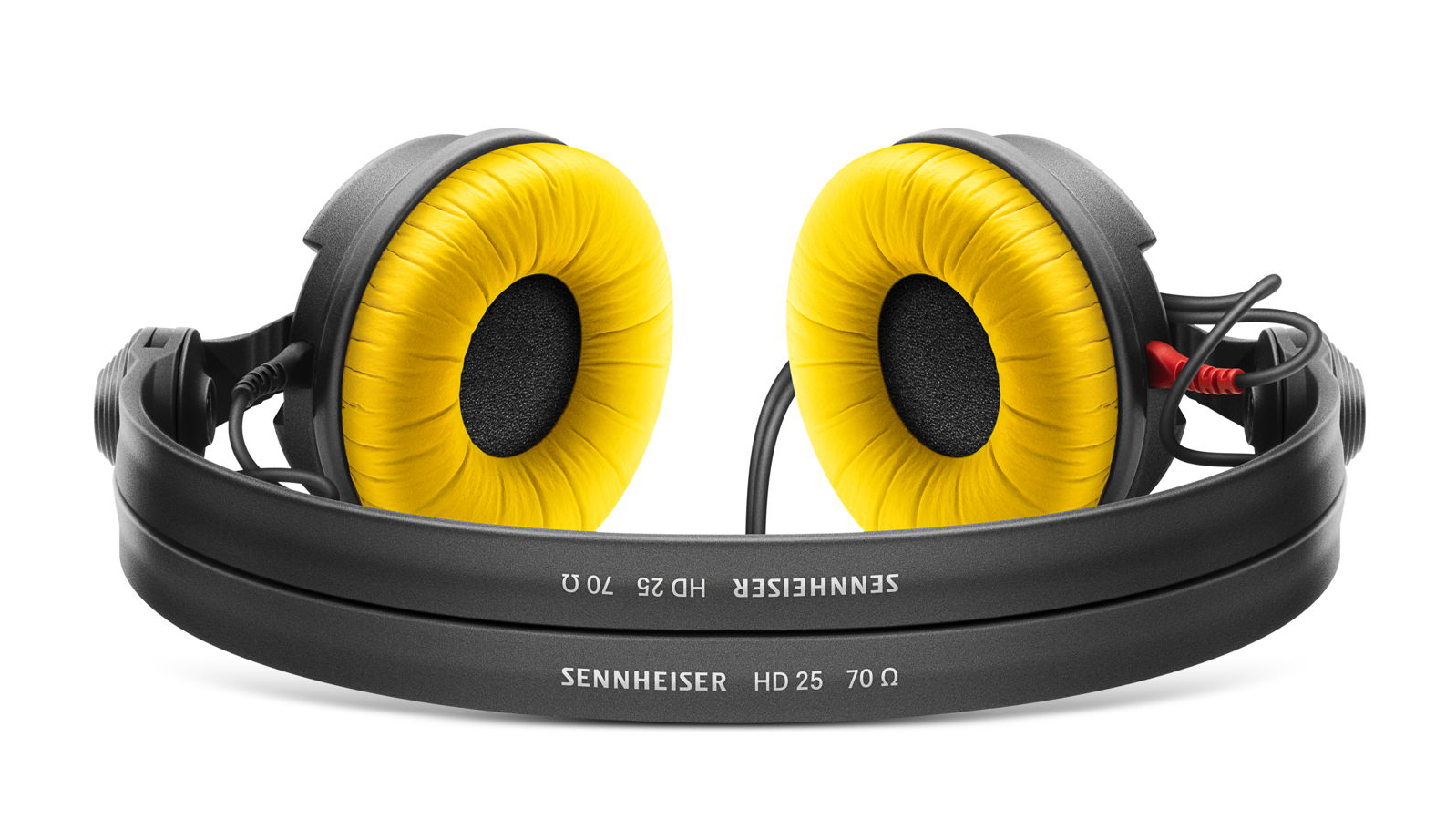
Why do we use headphones when recording?
MusicRadar's got your back
There are a number of reasons, as outlined briefly at the start of this guide above, but the chief one is to isolate the sound of the music that you’re singing or playing along to and prevent it from being picked up by the microphone, a phenomenon known as spill. By keeping the backing track contained and away from the sound of what you’re actually trying to record, headphones let your mic pick up the cleanest signal possible, so you’re only getting the material you actually want to capture. Studio headphones, particularly the closed-back type with superior isolation properties, are the most effective way of achieving this.
What makes a great studio headphone?
The main thing that sets studio headphones apart from regular cans is their relatively even frequency response. A lot of consumer headphones feature a prominent boost in the low and high frequencies to make recorded material sound punchier and brighter, which will tend to sound better to most people’s ears.
This kind of ‘smiley curve’ response is not ideal for studio work however, as engineers and producers need to have an accurate idea of what’s going on within the sounds they’re placing into a track. Headphones that colour or flatter the sound too much won’t do you any favours when you’re the one producing the music. If your cans emphasise the bottom end too much, for instance, you might overcompensate by reducing the bass in your mix, running the risk of an end result that sounds bass light when played on other systems.
A great pair of studio cans therefore will generally ditch smiley curves in favour of a flatter response curve that reproduces sound more evenly across the frequency spectrum, without over-emphasising any particular frequency area. Rather than flattering your sound and giving you a false idea of what’s going on in your mix, studio headphones will tend to reveal a more accurate, honest picture of the sounds within your track. The idea is that, if you can get your mix sounding good on your reference headphones, it should sound equally as good when played out anywhere else.
They’ll also be rugged and durable enough to withstand the rigours of studio life, able to shrug off being bounced off the live-room floor by inconsiderate vocalists or clumsy drummers, for instance. Since recording sessions can run for many hours at a stretch, they’ll also need to be comfortable enough to be worn for long periods without incurring ear fatigue or sweaty head syndrome.
Fortunately, Sennheiser produces a number of models designed with all of these provisos as priorities, so if Sennheiser is your go-to brand, this guide covers the models you should add to your shortlist.
Related buyer’s guides
- Best budget studio headphones: cheap headphones for every studio task
- Best Audio-Technica headphones for recording: studio-friendly cans
Want all the hottest music and gear news, reviews, deals, features and more, direct to your inbox? Sign up here.
Dave has been making music with computers since 1988 and his engineering, programming and keyboard-playing has featured on recordings by artists including George Michael, Kylie and Gary Barlow. A music technology writer since 2007, he’s Computer Music’s long-serving songwriting and music theory columnist, iCreate magazine’s resident Logic Pro expert and a regular contributor to MusicRadar and Attack Magazine. He also lectures on synthesis at Leeds Conservatoire of Music and is the author of Avid Pro Tools Basics.
